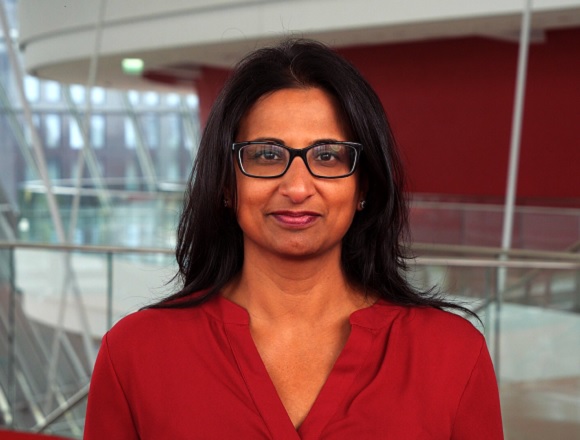Amit Kalwar, MD, is an associate professor at the Department of Medicine of the Silchar Medical College, India.
How has the management of tropical diseases evolved in South Asian countries in recent decades?
Mainly the tropical fever… it has been observed that the scrub typhus cases are rising in our part of the world and along with that, leptospira cases are also there. We manage, as I have already said, we are approaching the patients syndromically. So, whenever a patient comes to us with fever, we first rule out dengue and malaria. If these 2 are ruled out, then we go for an empirical therapy with ceftriaxone and doxycycline. Why these 2? Because these 2 antibiotics cover lots of tropical infections like typhoid, meningitis, leptospirosis, and scrub typhus. So you manage them with an empirical therapy of ceftriaxone and doxycycline.
The second most important one is malaria. In our part of the world, Plasmodium vivax, which was supposed to cause an uncomplicated fever, now is showing some trends of complications. So, we are dealing with P vivax in line with P falciparum [treatment modalities], and in case of complicated P vivax, we are treating the patients with artesunate or artemisinin-based combination therapies.
 English
English
 Español
Español
 українська
українська





